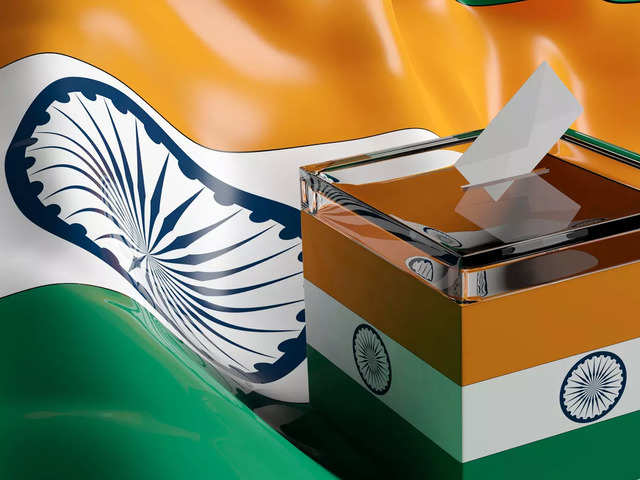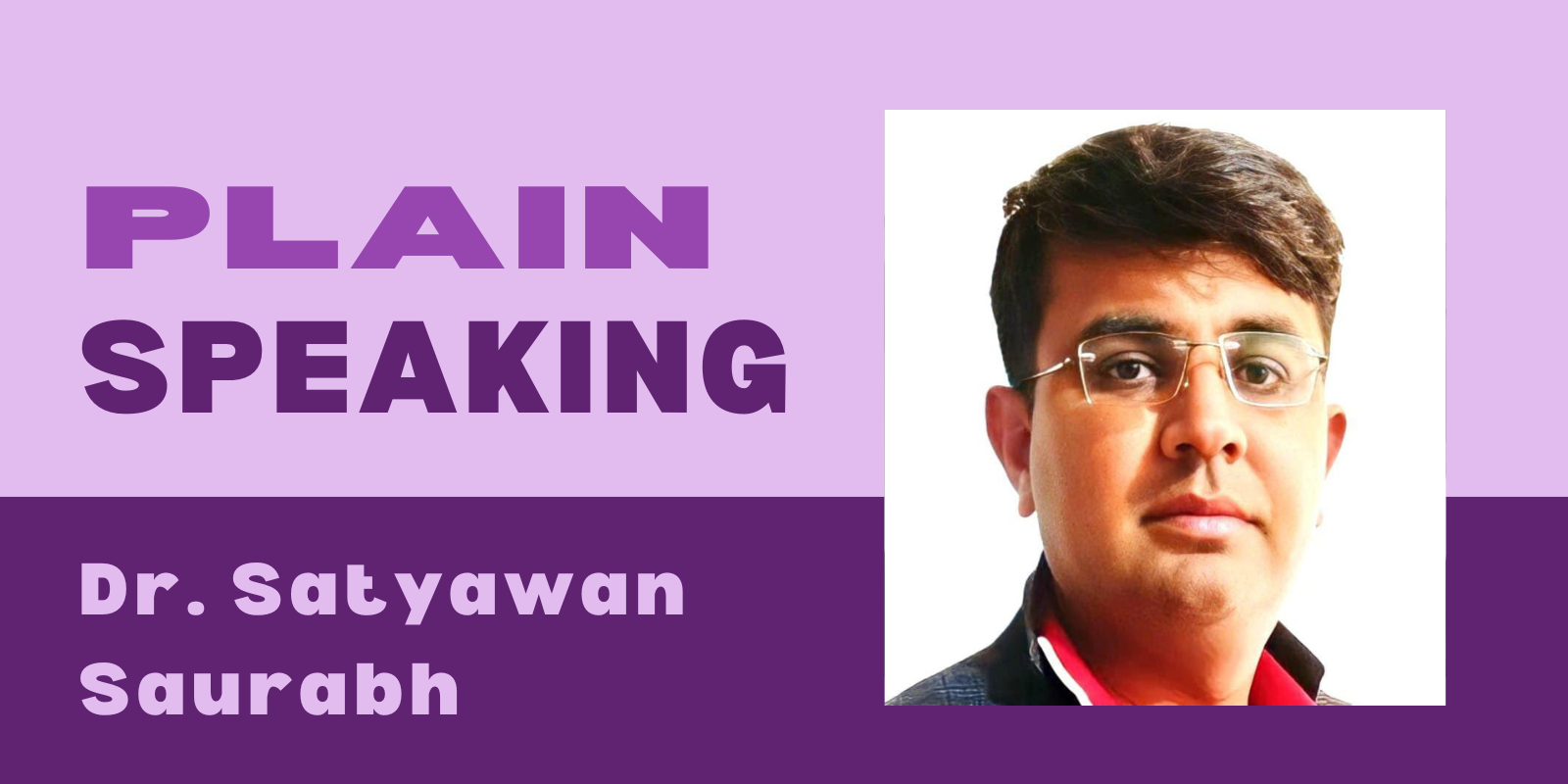Despite the potential benefits of the One Nation One Election, critics have expressed concerns about the democratic spirit, the dominance of national issues over local concerns, and the need for constitutional amendments. One Nation One Election may undermine the unique political dynamics and regional interests of different states in India, as it promotes a uniform election cycle. It may ignore the diverse issues and aspirations of other states, thereby neglecting their specific needs. With simultaneous elections, there is a risk that national issues will overshadow local concerns. Local and regional issues may not receive adequate attention and discussion, as politicians focus more on national-level campaigning and agendas.
One Nation One Election is a proposed electoral reform in India that advocates simultaneous elections for all elementary, be it parliamentary, state assembly, or local body elections, once every five years. The concept aims to streamline the election process, reduce election-related expenses, reduce disruptions caused by frequent elections, and improve governance by shifting focus from campaigning to policy implementation. Proponents argue that it would also increase voter participation and end the continuous cycle of elections. However, implementation requires extensive constitutional amendments and consensus among political parties and stakeholders.
The idea behind One Nation One Election is to schedule simultaneous elections for the Lok Sabha (lower house of parliament) and state assemblies in India. Currently, India holds national polls for the Lok Sabha and state assemblies every five years. To reduce the cost burden on the government, some states also hold separate elections for their state assemblies. By holding all elections simultaneously under the concept of One Nation One Election, it is hoped to simplify the electoral process by reducing the number of elections and the expenses that accompany them. This coordination would also allow voters to participate in multiple elections simultaneously, thereby streamlining the electoral process and possibly increasing voter turnout. The administration hopes to improve the effectiveness of governance by harmonizing the election schedule.
There are several potential benefits of implementing One Nation One Election in India. Holding elections simultaneously at different levels will significantly reduce election-related expenditures, including security, logistics, and campaigning costs. Frequent elections often lead to disruptions in governance as the focus shifts to election campaigning rather than policy implementation. One Nation One Election will provide a longer period of stabilization of governance, allowing elected representatives to focus on implementing policies. Frequent elections sometimes lead to voter fatigue and lower voter turnout. Simultaneous elections will reduce the number of voters who will have to cast their vote only once every five years, potentially increasing voter participation and making more informed decisions.
Simultaneous elections will ensure policy continuity as the same government will be in power at all levels for a certain period. This will facilitate long-term planning and consistent policy implementation. Holding multiple elections at different times puts pressure on the administrative machinery. One Nation One Election will reduce the burden on election commissions. Synchronized elections can potentially lead to greater political stability, as it will reduce the likelihood of frequent mid-term elections, coalition governments, and the associated instability.

There are several potential drawbacks to the implementation of One Nation One Election in India. One Nation One Election may undermine the unique political dynamics and regional interests of different states in India, as it promotes a uniform election cycle. It may ignore the diverse issues and aspirations of different states, leading to neglect of their specific needs. With synchronized elections, there is a risk that national issues will overshadow local concerns. Local and regional issues may not receive adequate attention and discussion, as politicians focus more on national-level campaigning and agendas.
India’s federal structure allows states to have their own governments and policies. A Nation One election can undermine this federal structure by centralizing power and decision-making, which can reduce states’ autonomy and their ability to effectively address local issues. Frequent elections can lead to voter fatigue, where citizens become disengaged and less interested in participating in the electoral process. Holding simultaneous elections requires significant financial resources for campaigning purposes. Smaller parties or candidates with limited funding may struggle to compete on a large scale, potentially creating imbalances in political representation and limiting the diversity of voices in the democratic process.
Different states in India may have different political ideologies, preferences, and policy priorities. A Nation One election can disrupt policy continuity, as changes in national-level governments can lead to significant changes in state-level governance, potentially affecting long-term planning and development. Implementing simultaneous elections in a country as vast and diverse as India presents significant logistical challenges. Ensuring adequate security, efficient administration, and coordination among multiple stakeholders can be complex and may increase the risk of logistical failures or delays in holding elections. Constitutional amendment: Changing the electoral cycle and tenure of governments at various levels would require amending several provisions of the Constitution, which could be a complex and time-consuming process.
The proposal to hold simultaneous elections aims to reduce the frequency of elections and create a more efficient system of governance by avoiding a continuous cycle of elections, which can disrupt development work and impose significant financial burdens. Advocates argue that this will lead to better policy continuity, as governments will have a fixed tenure and sufficient time to implement their programs without being interrupted by frequent elections. However, the implementation of “one nation, one election” faces several challenges and requires constitutional amendments. The Indian Constitution states that the term of state assemblies is five years, while the term of the Lok Sabha can be dissolved earlier by a no-confidence motion or other means. To hold all elections simultaneously, state assemblies or the Lok Sabha would have to be dissolved prematurely or their terms extended to align.
Additionally, the diversity of India’s political landscape and the country’s federal structure make it complex to achieve consensus among different political parties and states. Different states have different political dynamics, regional issues, and local concerns, which may not align with a centralized approach to elections.







